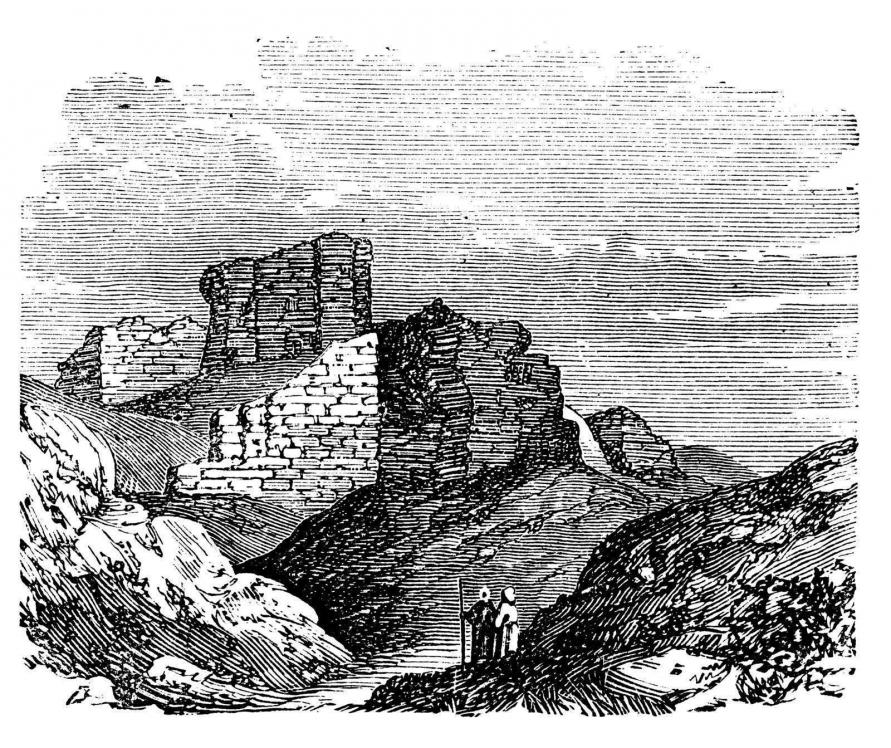
The Babylonian Empire was an empire that existed somewhere between 2300 – 1900 BC. It was a culture that dominated the entire southeastern Mesopotamia from the river Tigris to the river Euphrates. The name of the empire was derived from the city of Babylon which was the capital of the empire at that time. It is a city that has been around for centuries and so Babylonia refers to the culture that developed in and around the city. Babylon was founded a little before the reign of Sargon Akkad started, whose rule lasted from 2334 BC to 2279 BC. He claimed to have built the extravagant temples of the city.
Babylon was divided into two countries Akkad and Sumer. These two states were constantly at war with each other, engulfing the entire Mesopotamia in their fight for power. The warfare first started between the states of Sumer for power. This made them vulnerable to the conquests by the Akkadians and Elams. The Babylonian state was finally taken over by the Amorites, who were Semitic people like the Akkadians.
The Amorites developed their own central government which would help them keep control over their lands that had previously been under the reign of Sumerians and Akkadians. Despite being at war on a continuous basis the Sumerians and the Akkadians developed a distinct culture which was later adopted and enhanced by the Amorites upon their invasion of Babylon, in the year 1900 BC.
The Amorites brought with them the reign of Hammurabi, the most impressive ruler known in history. He is the most well-known for creating the law based on his Code of Hammurabi. After the retirement of his father, King Sin Muballit, Hammurabi rose to the throne and declared himself the king of Babylon and the areas around it. His laws were strict but they encouraged peace and prosperity. He went on to heighten and widen the walls of the city. He invested in building canals and grand temples. He made sure that diplomacy was practiced in his administration.
He excelled in forming coalitions and setting his trusted people on top positions in order to practice fairness and at the same time be able to keep the power in his hand. He was, in fact, so successful in this agenda that he was able to unite the entire Mesopotamia under the rule of Babylon. Babylon, due to its lavish and well-designed infrastructure became known as the largest city in the world.
The empire, however, shrank in size, or fell apart, after Hammurabi’s death. The south again rose to war, with the Hittites taking over by the year 1595 BC. The rule was then taken over by the Kassites. However, that was short-lived as Assyria, broke away from the Babylonians’ control and tried to gain control of the city. A series of wars took place to gain control over Babylon, after which the Nebuchadnezzar I fought off the Assyrians and defeated the Elams, who had been becoming powerful at that time.
The Persians then took the city from Nabonidus in 539 BC, which got snatched by Alexander the Great in 331 BC, eventually falling in the hands of Seleucids who later abandoned Babylon, thus putting an end to one of the most magnificent empires in history.
More of Amita Vadlamudi’s articles on ancient history and other topics can be found on the following web sites:
Slideshare Site
Weebly Site
Amita Vadlamudi’s professional qualifications can be found on the following web sites:
AngelList Site
Edocr Site